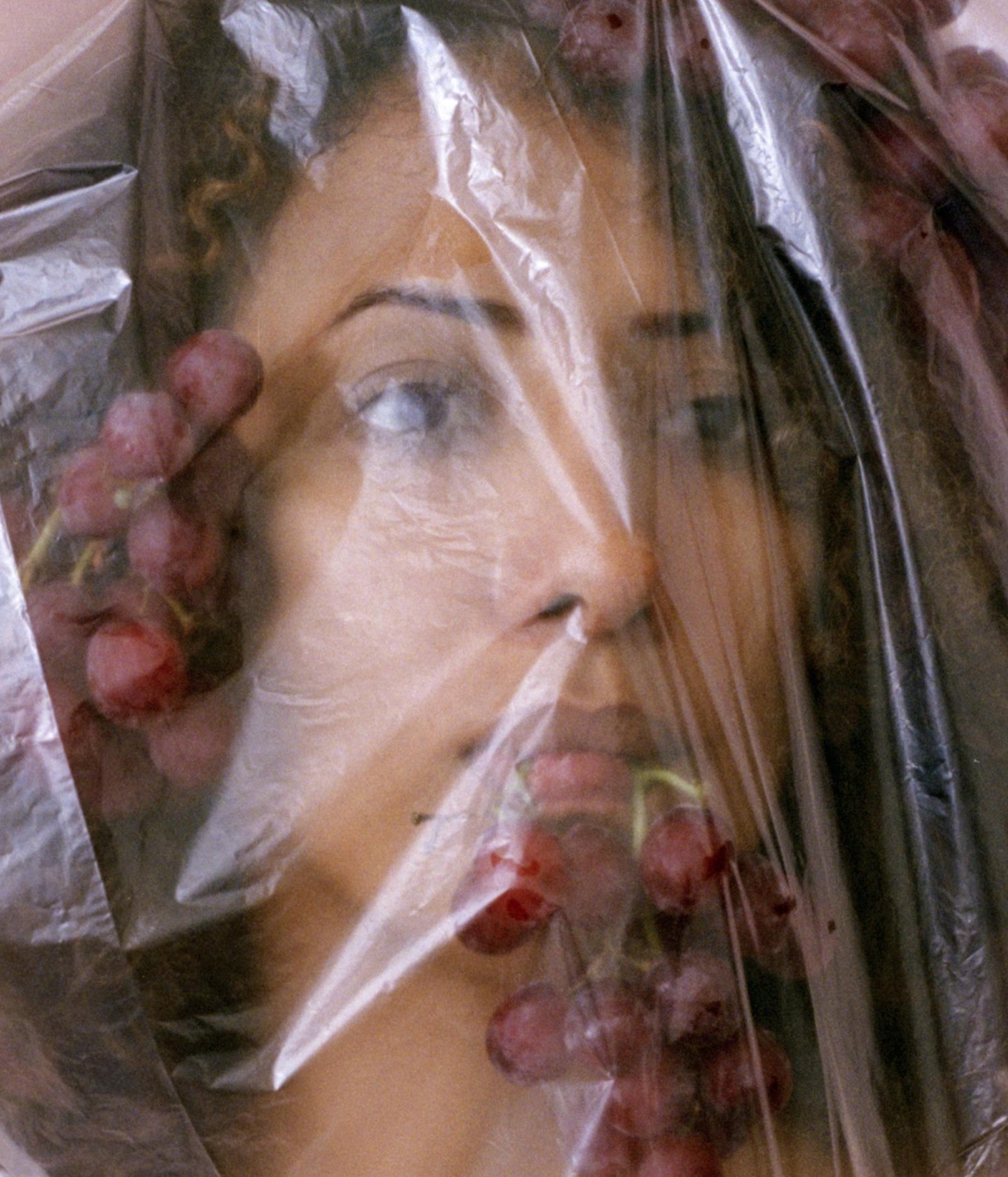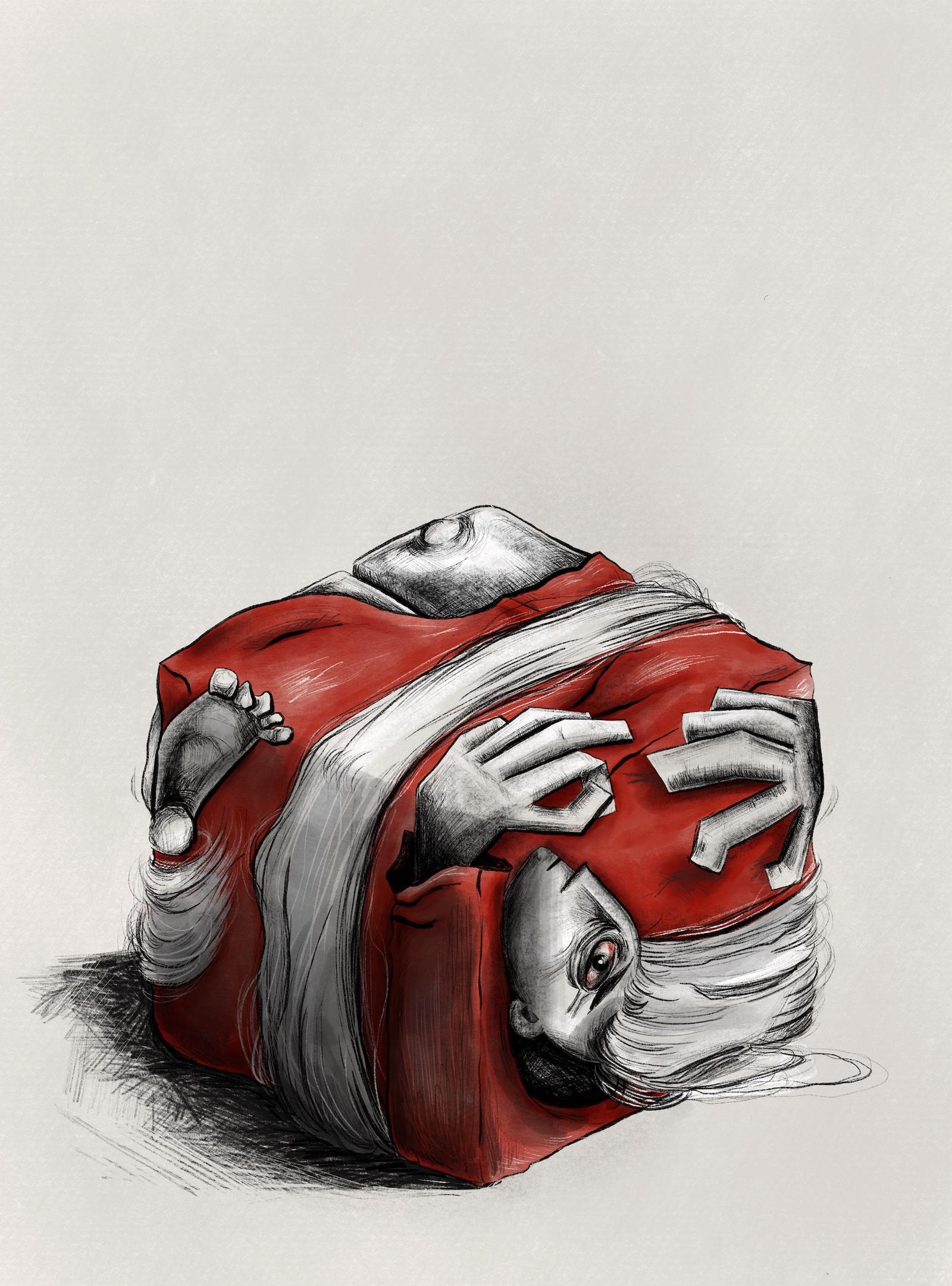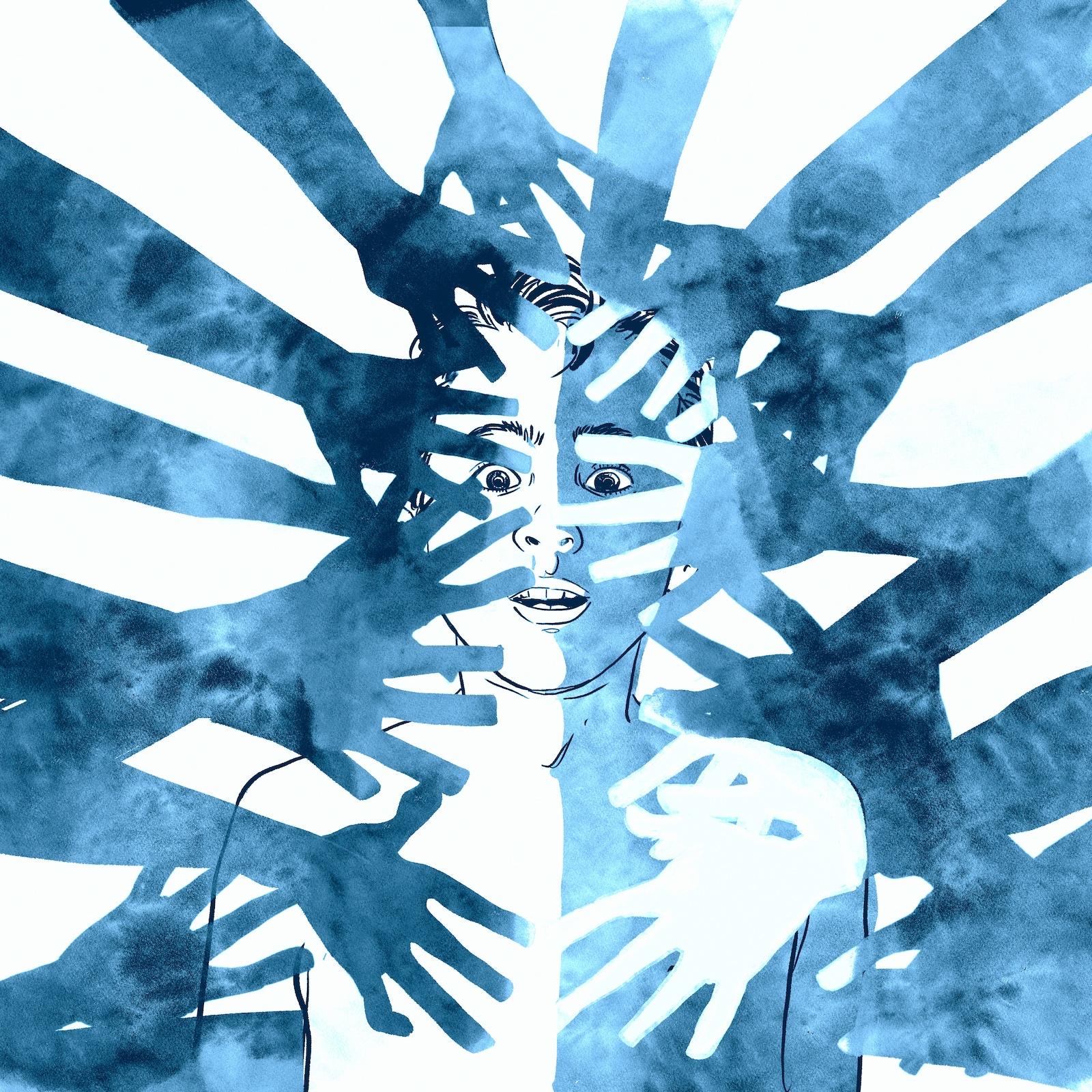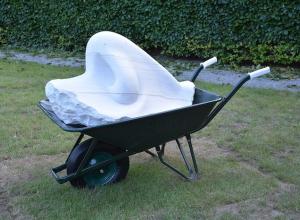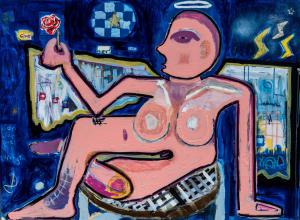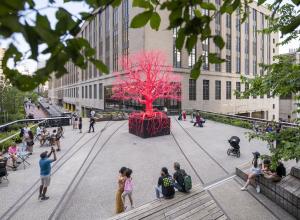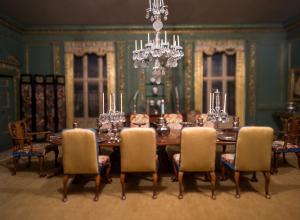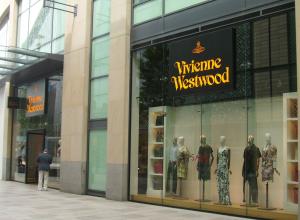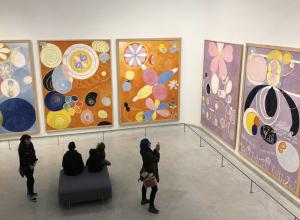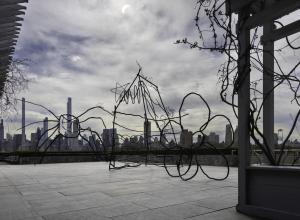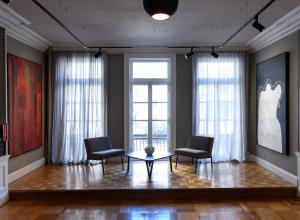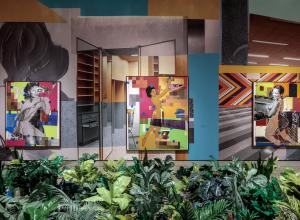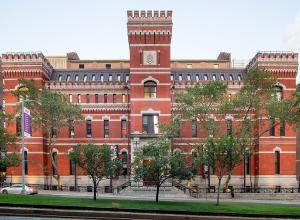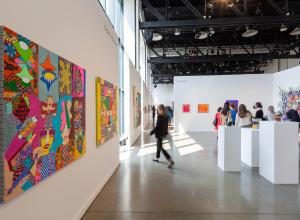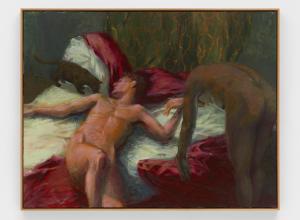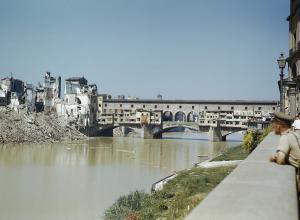The participating artists’ works make strong literal and symbolic statements against sexual harassment and assault- phenomena that unfortunately continue to persist worldwide, and which are not specific to a certain country, or gender- in all its diverse forms and the victim-blaming and silencing that are frequently coupled with it.
twentyfive-year-old Saudi-Egyptian digital artist Shahad Nazer’s piece features a woman carrying a sign that states “I never asked for it” in English and Arabic, which she holds up against floating accusations of blame. “The victim is usually blamed for the assault. This artwork highlights that it's not the victim's fault whatsoever, no matter what the reason was. It'll always always be the harasser's fault,” says Nazer with reference to her work, which focuses on women’s experiences with sexual harassment.
“She never asked for it, her choice of clothes is not her fault, and she definitely does not deserve this. In the background, you can see some comments that the victim usually hears, and it's blurred out because I wanted the focus to be on her and her say in all of this.”
Bahrain-based artist Noora Al Hashimi’s The Female Matrix highlights the expectations and boundaries imposed on women in particular, which she argues can silence them after they are sexually harassed. “By reducing these confining boundaries into a literal enclosure, the artwork reflects the extent to which they can disfigure a person. As opposed to a real matrix (usually an environment that promotes growth), the Arab woman’s matrix ironically condenses her into an object, forbidding her from taking up space, or simply fighting back,” she says, describing her digital artwork.
To create change, the new generation “must talk to make others listen even if the past generation was blind and couldn’t say anything,” says Iraqi artist Abeer El Edani, who took part in the exhibition through her acrylic painting, We Must Be Heard.




